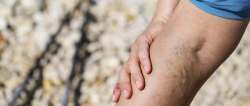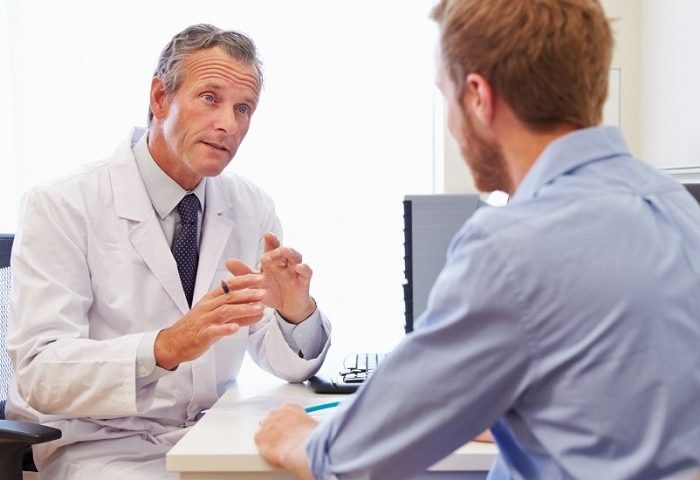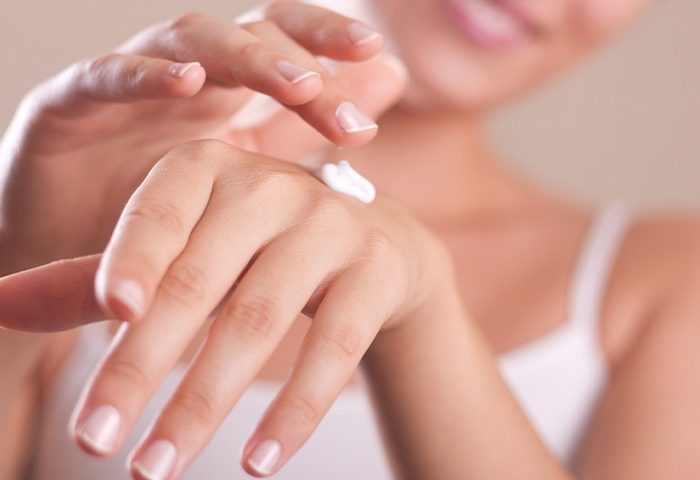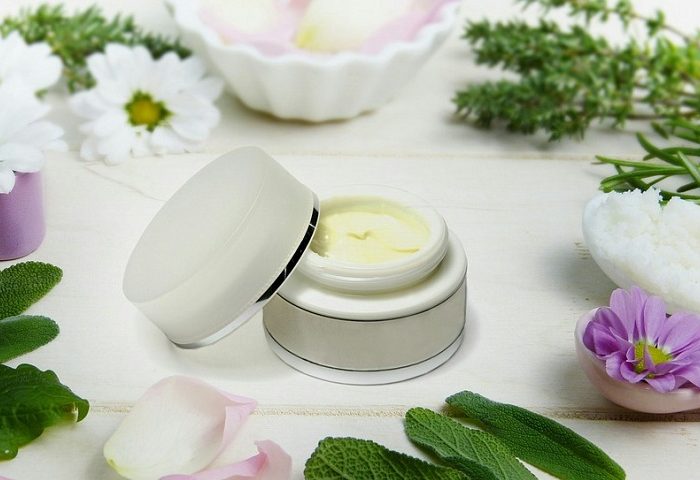Have you got problems with bulging veins on your legs?
Veins are the blood vessels where deoxygenated blood passes through towards the heart. When these blood vessels become enlarged and abnormally thick and twisted, they are known as varicose veins or spider veins.
 While varicose veins can form anywhere on the body, they are often found on the legs and thighs. This condition may become more prominent as the person ages. Moreover, people who are pregnant and obese are at risk of developing this condition.
While varicose veins can form anywhere on the body, they are often found on the legs and thighs. This condition may become more prominent as the person ages. Moreover, people who are pregnant and obese are at risk of developing this condition.
Varicose veins are often caused by a weak or damaged valve in the veins. Veins come with one-way valves which help ensure blood flow towards the heart. Once these valves become damaged, blood can pool in the veins, resulting in swelling and the enlargement of the veins.
While many people with varicose veins do not experience any symptoms, except for their noticeable appearance, some report discomfort and aching of the affected part of the body, which usually becomes worse as the day ends. Fortunately, there are ways how you can alleviate the symptoms associated with this condition. Here are the top seven tips and tricks to help you get rid of varicose veins.
#1 Compression Stockings – Your Top Varicose Vein Solution
 Compression stockings are used to relieve the symptoms associated with varicose veins. This type of stocking can also slow the progression of the condition. Basically, the stockings work to improve the circulation of blood in your legs by gently squeezing the legs to move blood up the legs.
Compression stockings are used to relieve the symptoms associated with varicose veins. This type of stocking can also slow the progression of the condition. Basically, the stockings work to improve the circulation of blood in your legs by gently squeezing the legs to move blood up the legs.
This type of stocking is tighter on the foot part and gradually loosens as it goes higher on the legs. Wearing compression stockings are often indicated during the day to help relieve symptoms.
Bottom Line: Compression stockings are considered one of the top solutions for varicose veins. For this reason, health care providers often prescribe this to patients with developing varicose veins to manage and reduce the appearance of bulging veins.
#2 Wear the Right Type of Tight Fitting Clothes
Tight clothes do not necessarily cause varicose veins if you are wearing the right type of tight fitting clothes. In fact, the right type of clothing can actually be considered a treatment for varicose veins. Yoga pants are good, as long as they are not too tight. You should avoid clothes that are too tight around the waist, as this can prevent proper blood circulation.
Bottom Line: It is important to take note that wearing tight clothes do not necessarily cause varicose veins. Instead, this can even lead to the management of the condition, considering that you choose the right type of tight fitting clothes.
#3 Closing Off a Vein by Sclerotherapy
 Sclerotherapy is considered the treatment of choice for small varicose veins. This treatment option involves injecting a chemical solution into the veins, resulting in the closing off of the affected vein. The blood is rerouted to the healthier veins while the collapsed vein is reabsorbed by the surrounding tissue. Several sessions may be required to fully close off a varicose vein.
Sclerotherapy is considered the treatment of choice for small varicose veins. This treatment option involves injecting a chemical solution into the veins, resulting in the closing off of the affected vein. The blood is rerouted to the healthier veins while the collapsed vein is reabsorbed by the surrounding tissue. Several sessions may be required to fully close off a varicose vein.
Bottom Line: If your varicose veins involve small veins on your legs, sclerotherapy may just be the right treatment option for you.
#4 Thermal Obliteration – Using Heat to Remove Your Varicose Veins
Thermal obliteration is also referred to as Radiofrequency Ablation or RFA. This method is often prescribed for larger and tortuous varicose veins. The goal of this method is to deliver sufficient amounts of thermal energy to the varicose vein, resulting in the vein’s irreversible occlusion, collapse and ultimately disappearance of the vein.
This is a technique that involves inserting a catheter into the enlarged veins. This catheter basically produces a high-frequency alternation current for the obliteration of the vein. Heat is introduced into the vein, which causes it to collapse.
Bottom Line: For large varicose veins, this treatment method is the best option, as this can help get rid of those pesky and unsightly veins on your legs.
#5 Ambulatory Phlebectomy – Surgically Removing Varicose Veins
This varicose vein treatment is known as ambulatory phlebectomy. This is often performed as an outpatient procedure. This is a minimally invasive technique which makes use of a scalpel or a needle to remove varicose veins on the surface of the legs. This procedure requires the use of a local anesthetic and is indicated for varicose veins on the foot, ankles, knee pits, and side branch veins. This technique is often used with other methods like thermal obliteration.
This procedure basically involves creating tiny incisions or punctures in the skin near the affected vein. A hook is inserted into the incisions. Once inside, the vein is hooked, extracted, fixed and pulled out. While the complications of this procedure are not common, they can include bruising, hematoma, hemorrhage, and paresthesia.
Bottom Line: If you do not have any issue going under the knife to remove your varicose veins, this option is best suited for you. Recovery time is short and its side effects are rather uncommon.
#6 Choose Healthy Lifestyle Habits

Your lifestyle choices also contribute to the appearance of varicose veins. Some factors like genetics, hormones, and weak valves may not be prevented but healthy habits can delay the development of varicose veins. However, factors like good nutrition, avoiding bad habits like smoking and exercising can definitely help with getting rid of varicose veins.
Good nutrition always helps you when it comes to becoming healthy, just as it does with preventing varicose veins. In fact, food is considered a medicine for almost all health conditions including varicose veins.
To reduce the amount of weight that your legs bear, it is best to lose the excess weight. Being overweight can contribute to the development of varicose veins. Maintaining a healthy weight can help prevent varicose veins. If you already have varicose veins, rest is equally important. When resting, you should elevate your legs while you are sleeping.
Bottom Line: Opting for a healthy lifestyle choice is the best management for varicose veins. This treatment option does not require you to go under the knife or undergo any invasive procedures just to reduce the appearance of varicose veins. This option only requires determination and discipline.
#7 Always Practice Proper Posture
There are studies that show that good posture actually helps improve blood circulation all over the body. That being said, this can also help with overcoming varicose veins. Having good foot support, putting the feet up and avoid leg crossing as much as possible can definitely help with preventing varicose veins from developing.
You should always practice good posture and avoid prolonged sitting or standing. When you sit or stand for long periods of time, the calf muscles basically become inactive, weakening the blood vessel valves and walls on the legs. If this happens for long periods of time, vein dysfunction can develop, resulting in the appearance of varicose veins. If you have to sit or stand for long periods of time, you should alternate them during the day and maintain good posture at all times.
Bottom Line: This last treatment option for varicose veins go hand in hand with making healthy lifestyle choices. Moreover, this is something that you can simply and easily do wherever you are and whenever you want.
Conclusion
With all these treatment options, you can definitely find something that would suit your needs and preferences. If you are not sure which treatment option to choose from, you can always seek help from your health care provider.





